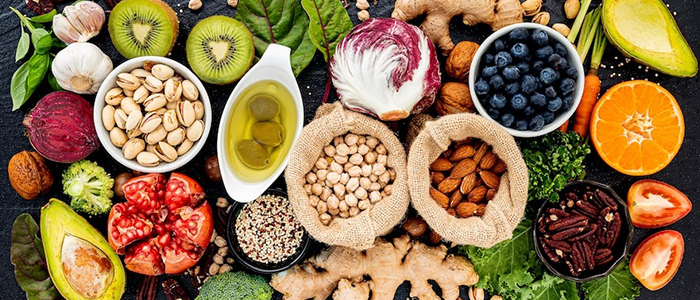Nutrition During Dialysis

When the kidneys fail to operate normally, dialysis is used to eliminate waste materials and excess fluid from the blood. In the event of permanent kidney failure, often known as end stage renal disease, hemodialysis or in common terms called dialysis, a procedure where an external machine functions as a replacement for a kidney (ESRD) is employed. Its duties include covering for renal processes, such as filtering trash, salts, and even excess poisons in the blood. This eventually supports the patient to lead a healthy lifestyle.
When is one required to undergo dialysis – The patient is suggested to undergo dialysis under 2 major conditions which are as follows.
- Situations where the complete kidney is damaged or chronic kidney failure. This could happen due to various medical reasons, overdose of wrong medication, bad lifestyle or during an event of an accident/injury on the kidneys.
- To remove toxins, poisons, and medications from the body.
But what causes the kidneys to stop functioning in the initial place?
Kidneys can stop functioning over a period of time by gradually having a depletion in its efficiency to filter out toxins. This could be a result of various factors
- Hypertension
- High amounts of blood sugar
- Glomerulonephritis, a medical word for inflammation of the kidneys
- Polycystic kidney disease (PKD), or the development of kidney cysts
- Blood vessel inflammation
- Accidents or renal injuries
- Heart attack
Dialysis is of two forms:
- Hemodialysis
- Peritoneal dialysis.
Depending upon the severity of the kidney’s problem your doctor would suggest either of the two forms of dialysis to be performed.
Hemodialysis
In this form, an external machine known as a dialyzer is used for the filtration of blood by connecting 2 needles into the fistula or a graft which is a connection between an artery and vein is made. The dialyzer contains many fibers and a dialysate, filters out the waste and sends the filtered blood into the patient’s body through the second needle. Post the session the needles/ tubes are safely removed and the patient is discharged.
Peritoneal Dialysis
Here, As the blood is not transmitted to any external machine or source, the peritoneal lining of the abdomen plays a crucial part in this process of filtering. In order to allow the dialysate to pass through the abdomen, a catheter is placed there through the region surrounding the belly button. Then a specific liquid called dialysate is injected into the abdomen. All of the toxins and other waste products in the blood are eventually drained into the dialysate. In a special bag linked to the other end, this is then collected and disposed of.
In some special cases, a central venous catheter is placed into the major vein in the pelvis region or neck area in the event of an emergency dialysis procedure. After the procedure, the catheter (a small, flexible tubular structure) is removed carefully.
Nutrition During Dialysis
Since patients undergoing dialysis tend to get exhausted and feel fatigued, nutrition plays a key aspect in their diet for faster recovery.
Your choices about what to eat and drink while on hemodialysis can make a difference in how you feel and can make your treatments work better. Between dialysis treatment sessions, wastes can build up in your blood and make you sick. You can reduce waste buildup by controlling what you eat and drink. Some foods cause waste to build up quickly between your dialysis sessions. If your blood contains too much waste, your kidney treatment session may not remove them all.
For this, there are renal dieticians. They are dietitians who are specialized in nutrition and diet for persons with kidney diseases. A renal dietician can work closely with the patient and can prepare a curated diet for their patient depending upon their kidney issue. They eventually help the patient to be as healthy as possible.
Most hemodialysis patients are advised to consume high-quality protein since it results in less waste that needs to be removed during process. The best sources of protein include meat, chicken, fish, and eggs. It is to be noted that processed meat and canned foods must be avoided as much as possible as they contain high amounts of phosphorus and sodium.
Additionally, throughout the dialysis procedure, nutrients including glucose, amino acids, proteins, and vitamins are lost. Even with individuals on pre-dialysis, careful nutritional control is required.
Finally the dietician would prepare a chart which has the type of food and the ounces of it that one is supposed to have at different hours of the day. It also includes the diet to maintain before and after the process of dialysis. When diet is the concern, it is impossible to ignore water and its consumption. As a common assumption that water is tremendously vital for the human body but there’s a catch in the case of patients undergoing. Patients are recommended to consume only up to 32 ounces of 940ml of water per day. The renal dietician would give ways to control and manage one’s thirst. Sugar free foods that help to manage thirst are recommended between the treatment of dialysis.
Apart from the physical food and water, another vital aspect to keep in mind is to quit any form of intoxication such as alcohol and smoking. The next is to be stress free as stress also plays an equally effective role in maintaining health.
